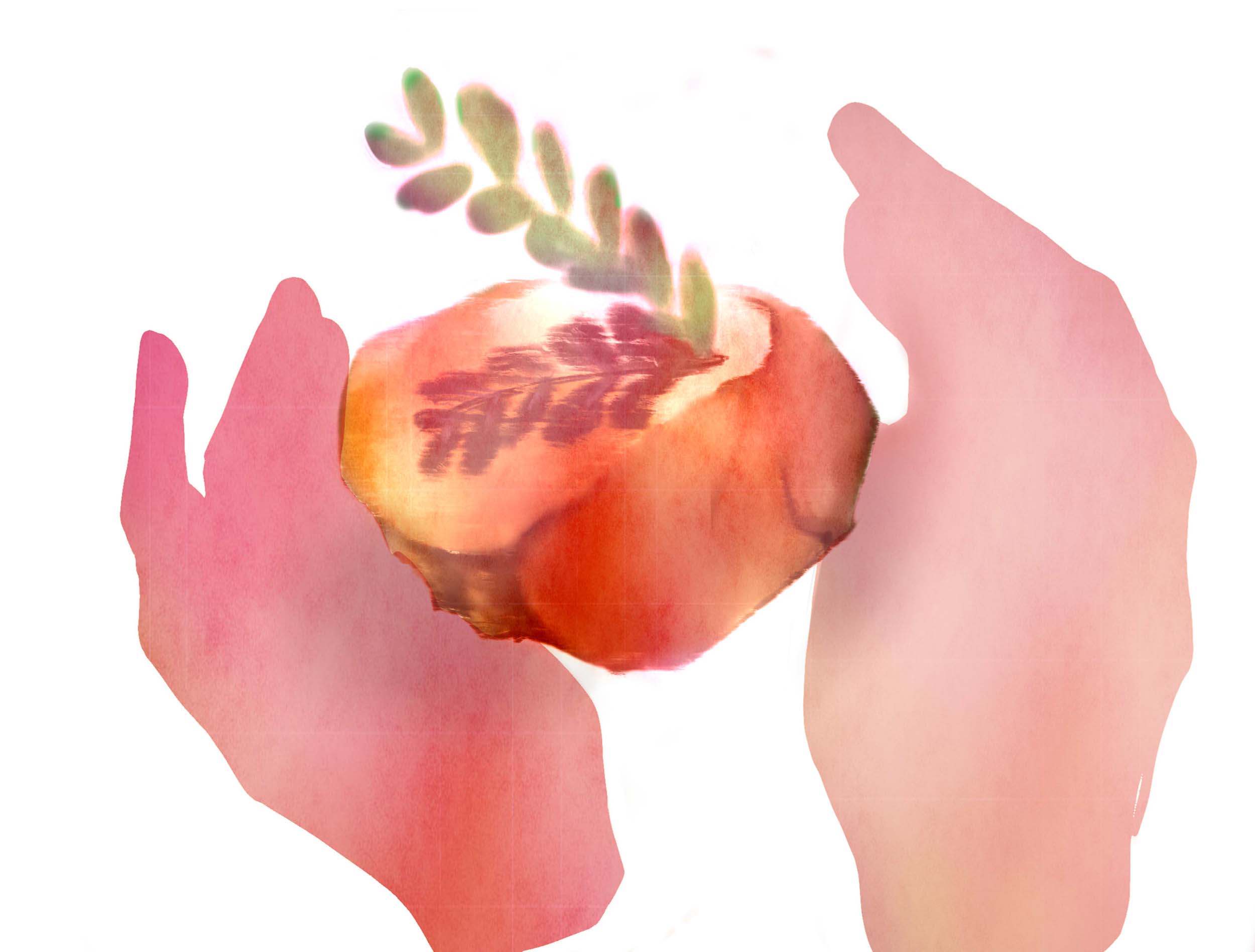When we think of paleontology, most of us will imagine Ross Gellar or Indiana Jones, largely associating it with digging up dinosaur fossils. While dinosaur remains have definitely been exciting and offered insight into the evolutionary history of life, they are just a small part of what is in fact a vast field of study.
Ingrid Birker, the science outreach coordinator at the Redpath Museum, gave a short talk on one of the lesser-known branches of paleontology: paleobotany. The talk was hosted by the Montreal Field Naturalists Club (or the “Field-Nats” as they call themselves) and functioned as one of the group’s monthly public lectures, which they host to foster a general public appreciation of nature. Birker’s talk was supplemented with numerous photos and fossil specimen. Although it was not necessarily very scientific in nature, it provided a basic introduction to the topic, relating it to various points in the history of McGill.
Paleobotany is the branch of paleontology concerned with the Earth’s earliest plants. It involves the recovery and analysis of ancient plant remains and fossils, and using these to predict what entire plants would have looked like. It can also be used to reconstruct past environments.
In the talk, the speaker gave William Dawson’s previous description of the Archeopteris type specimen, a tree from the Devonian period (around 400 million years ago). A type specimen is the original specimen from which a description of a new species is made. This presents a problem when attempting to study and characterize extinct plants.
Different kinds of plant fossils will provide specific information about the plant. Impressions can provide good morphological detail of flattened plant parts such as leaves. Petrifactions (like petrified wood) where organic material has been converted to stone, can provide insight into the cell anatomy of the plant tissue. Moulds (which are similar to impressions) can provide information on the three dimensional form of the plant. Paleobotanists can predict what the entire specimen would have looked like by combining the information collected from different fossil types of the same species.
John William Dawson was McGill’s principle from 1855-93. At the time, he was referred to as a “natural philosopher” and is considered one of the founders of the science of paleobotany. During his time with the Geological Survey of Canada, he described fossil plants from the Silurian, Devonian, and Carboniferous eras. As a professor of geology at McGill, he taught with the aid of what are now his famous bedsheet drawings – large-scale representations of what he thought different plants would look like. Though some of these representations have now been disproved, it is interesting to consider how Dawson arrived at his conclusions with the tools at his disposal.
McGill campus is also littered with a number of living fossil trees. Living fossils are a live species that appear similar to a species otherwise believed to exist with no other known living relatives. One example is the ginkgo in front of Chancellor Day Hall, an unusual non-flowering plant that is only found in the wild in China but has been cultivated worldwide. The evolutionary history and phylogenetic place of gingko is still a mystery to botanists but it is believed to have first appeared around 250 million years. Another is the Metasequoia redwood on the grounds of the Stewart Biology building. This redwood was believed to exist only in the fossil record until 1941 when it was found by a Chinese botanist. It has since become a popular ornamental.
The living fossil trees around campus prove that you don’t need to be Indiana Jones to appreciate fossils. For those interested in more ancient plants, living fossil trees can provide a window into the ancient past.
